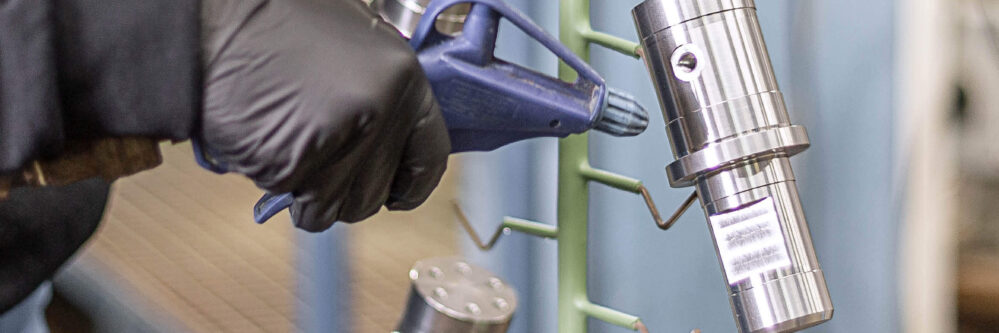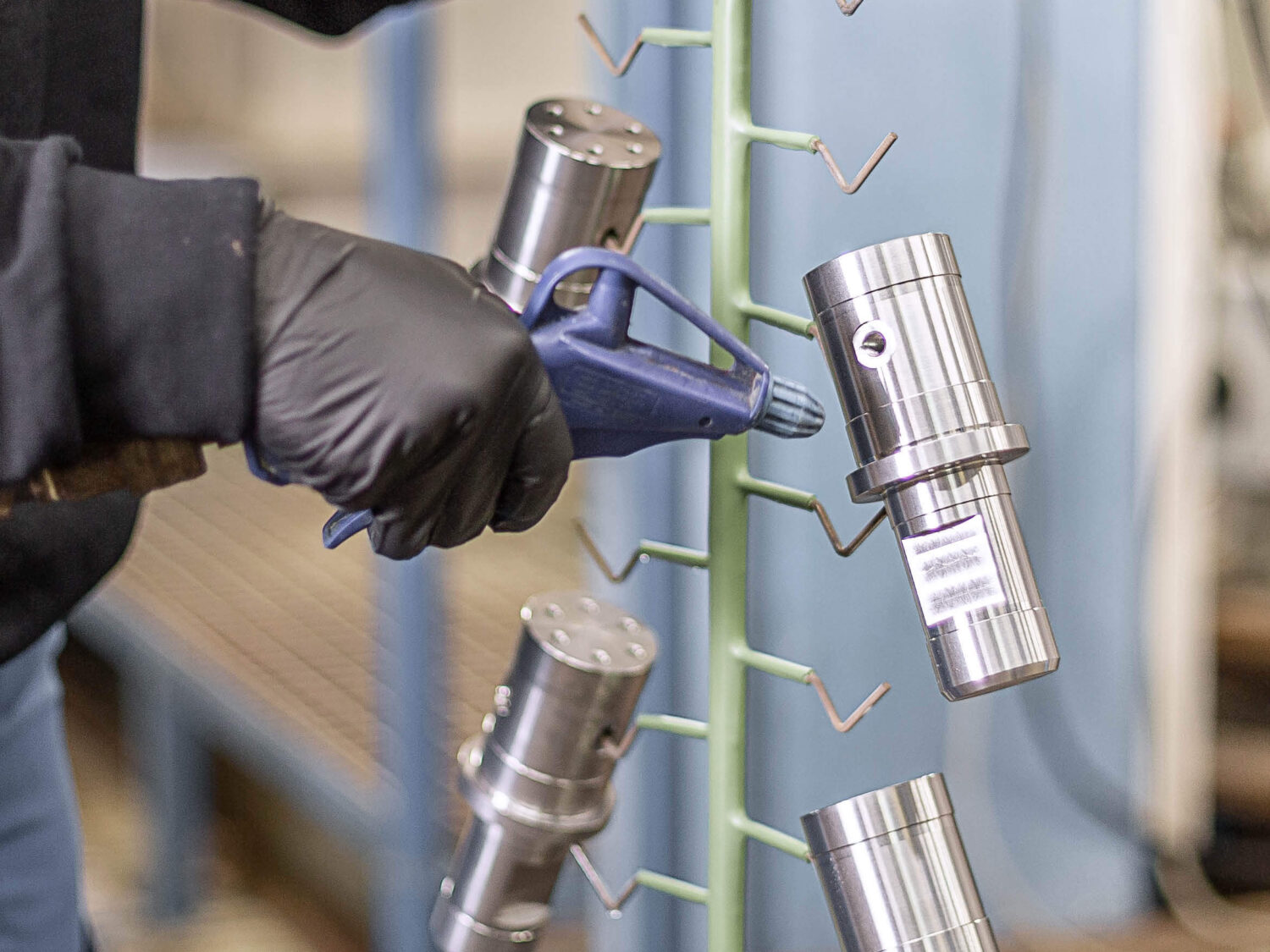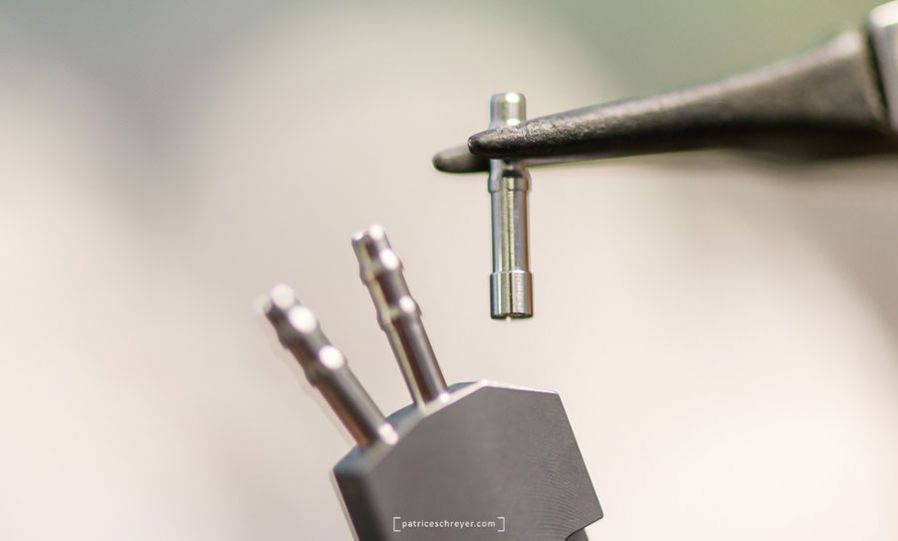Market specific certifications
Passivations and chromatings are very popular in the electronics industry because of the low surface resistance. They are used in the aerospace industry because of their excellent corrosion protection and serve as ideal adhesion primers for paints.
BWB meets the uncompromising quality requirements of the aerospace industry when chromating aluminium, as confirmed by the EN 9100 and Nadcap certifications.
Performance overview passivations
Locations
2000 x 500 x 1500 mm
5000 x 800 x 1800 mm
3100 x 400 x 1100 mm
Location
5000 x 800 x 1800 mm
Location
3100 x 400 x 1100 mm
Locations
3400 x 700 x 1400 mm
1400 x 560 x 800 mm
3100 x 400 x 1100 mm
Location
1400 x 560 x 800 mm
Locations
450 x 300 x 450 mm
1400 x 560 x 800 mm
1100 x 550 x 700 mm
Location
450 x 300 x 450 mm
Location
450 x 300 x 450 mm
Location
1000 x 350 x 700 mm
Contact

Philipp Weibel
Sales Industry
+41 58 861 93 96 philipp.weibel@bwb-group.comBWB-Betschart AG
Dallenwilerstrasse 20
CH-6370 Stans-Oberdorf
+41 58 861 93 00

Daniel Stutz
Sales Manager Industry
+41 58 861 91 82 +41 79 792 85 21 daniel.stutz@bwb-group.comBWB-Altenrhein AG
Werkplatz Altenrhein
Dorfstrasse 3
CH-9423 Altenrhein
+41 58 861 91 00
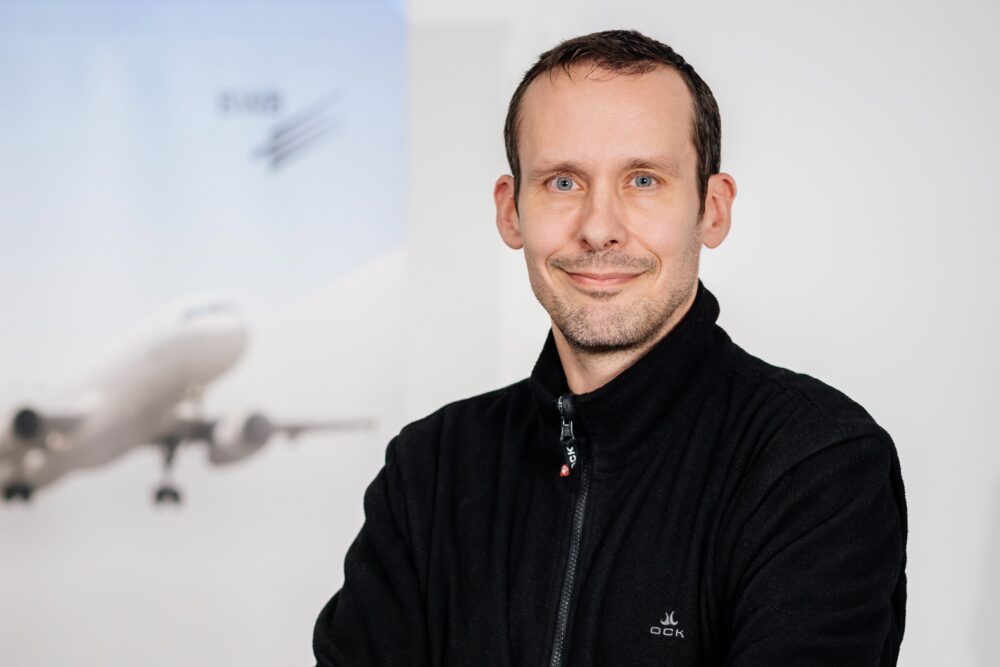
Marcus Kolb
Head of Marketing and Sales
+49 351 8831 450 marcus.kolb@flugzeuggalvanik.deNehlsen-BWB Flugzeug-Galvanik Dresden GmbH & Co. KG
Grenzstraße 1a / 2
D-01109 Dresden
+49 351 8831 400
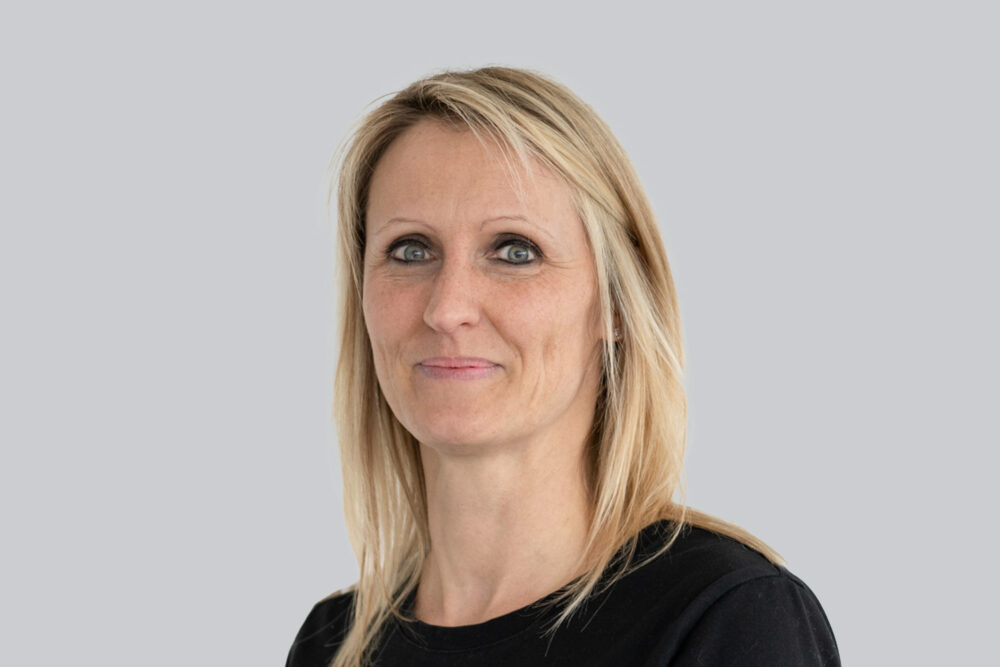
Jennifer Nau
Operations Manager
+41 32 924 50 70 jennifer.nau@bwb-group.comBWB-Ampho SA
Chemin de la Combeta 3
CH-2300 La Chaux-de-Fonds
+41 32 924 50 70

Reto Castelluccio
Operations Manager
+41 58 861 96 02 reto.castelluccio@bwb-group.comBWB-Iten AG
Bernstrasse 6
8964 Rudolfstetten
+41 58 861 96 00
